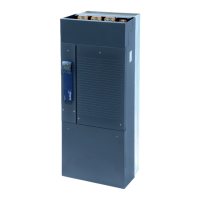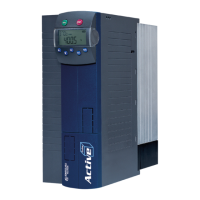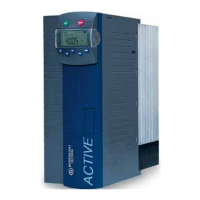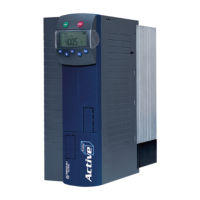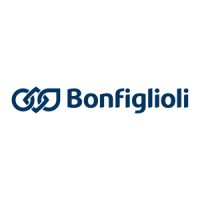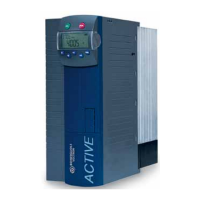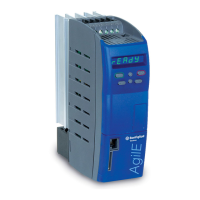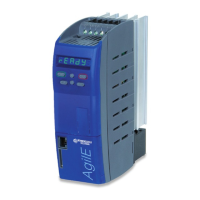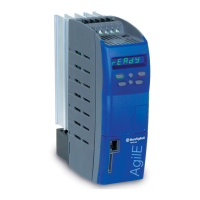The limitation of the speed controller assigns the upper limit to the
motor operation of the drive. Independent of the direction of
rotation, the same limit is used. The same applies in the case of
regenerative operation with the lower limit.
The assignment of the limit is done by the sign of the value to be
limited. Independent of the motor or generator operating points of
the drive, the positive limitation is done by the upper limit. The lower
limit is regarded as a negative limitation.
The properties of the speed controller can be adapted for adjustment and optimization of the
controller. The Amplification and Integral Time of the speed controller can be set via parameters
Amplification 1 721 and Integral Time 1 722. For the second speed range, you can set parameters
Amplification 2 723, Integral Time 2 724. The distinction between the speed ranges is done based
on the value selected with parameter Speed Control Switch-Over Limit 738. Parameters
Amplification 1 721 and Integral Time 1 722 are not considered by the default parameter Speed
Control Switch-Over Limit 738. If parameter Speed Control Switch-Over Limit 738 is set to a value
above 0.00 Hz, parameters Amplification 1 721, Integral Time 1 722 will be active below the limit,
and parameters Amplification 2 723, Integral Time 2 724 will be active above the limit.
Use the Filter time constant 754 to filter the control deviation, if required. In this way, operation
with static control deviation and occasional undesired higher deviations can be stabilized. However,
this will affect the dynamic behavior when the load changes (speed change or changing torque
requirements).
The parameterized amplification at the current operating point can additionally be assessed via the
parameter Backlash Damping 748. In particular the small signal behavior in applications with a
gearbox can be improved by a value higher than zero percent.
Parameter Backlash Damping 748 is available depending on the type of unit.

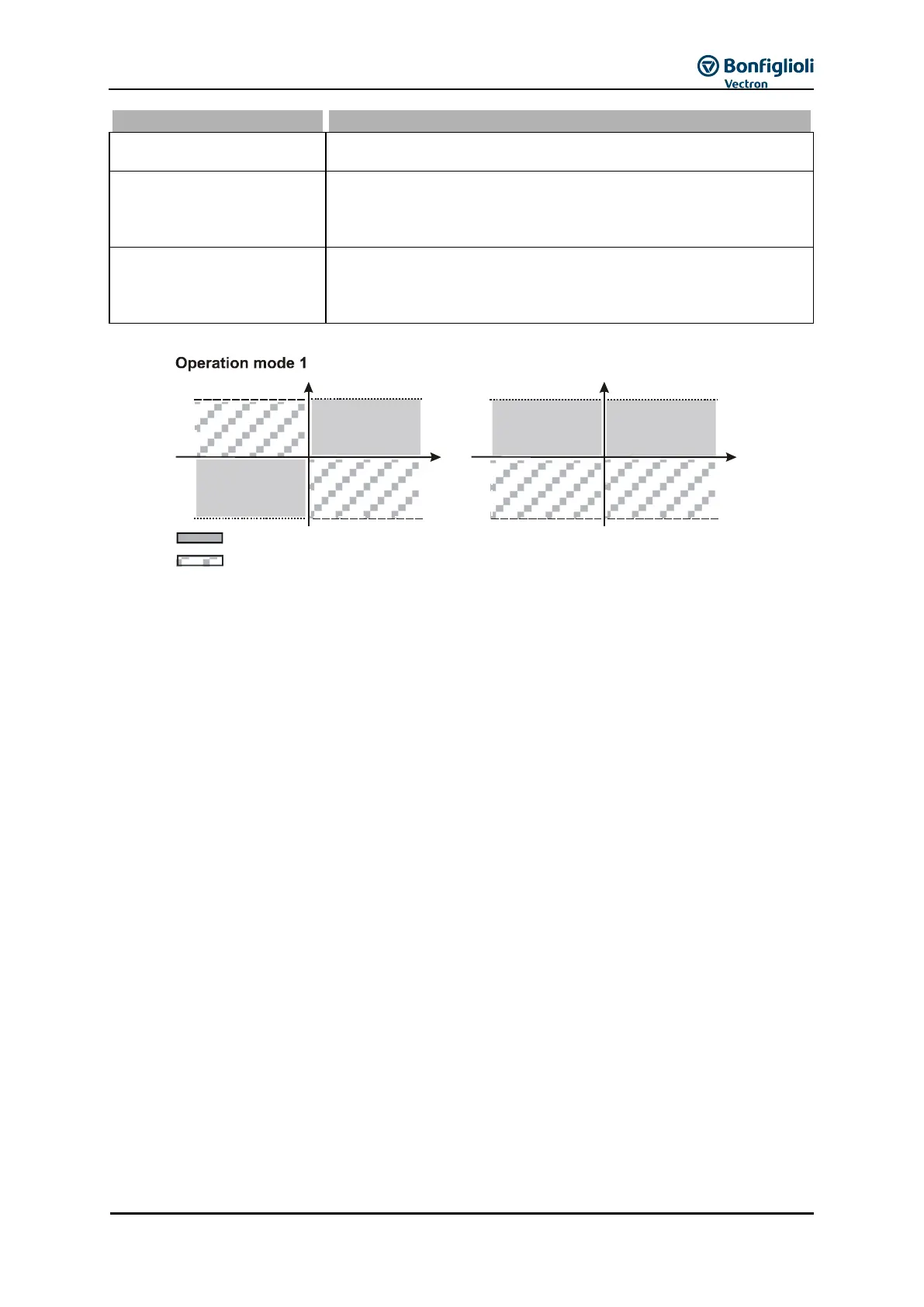